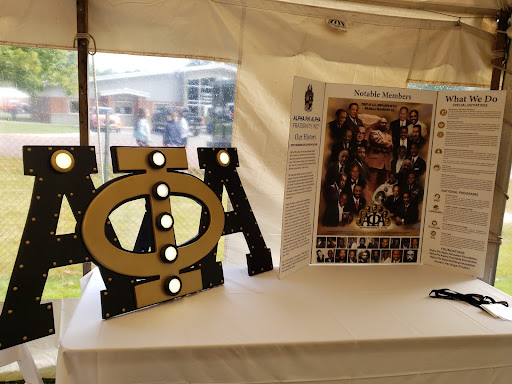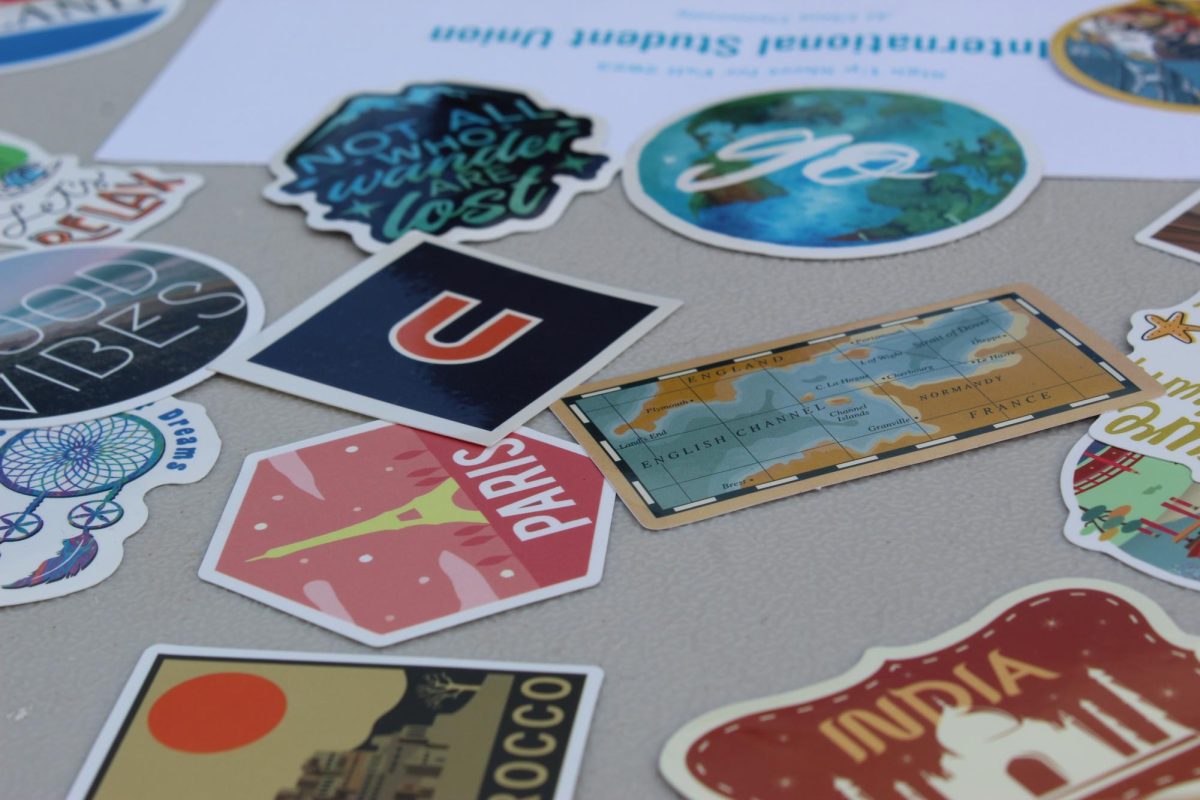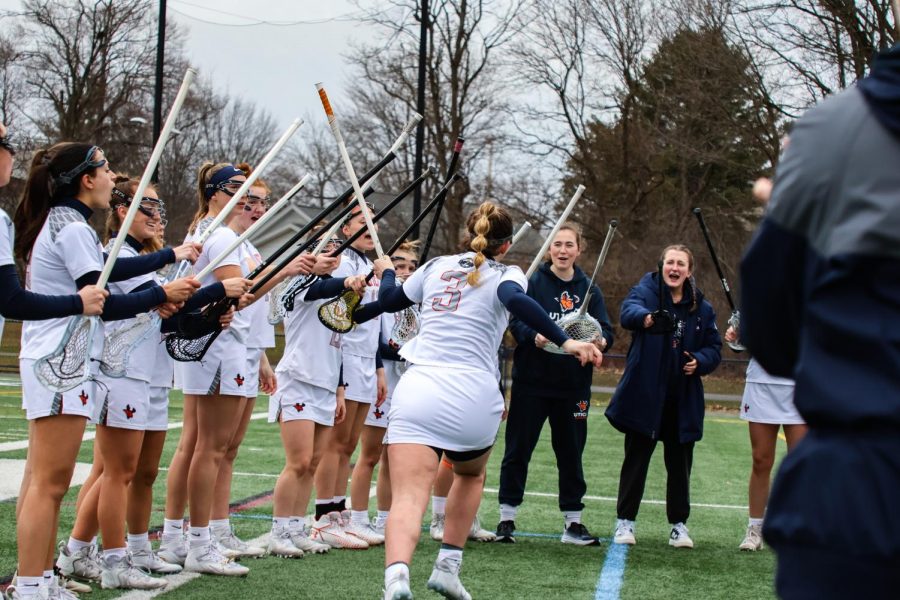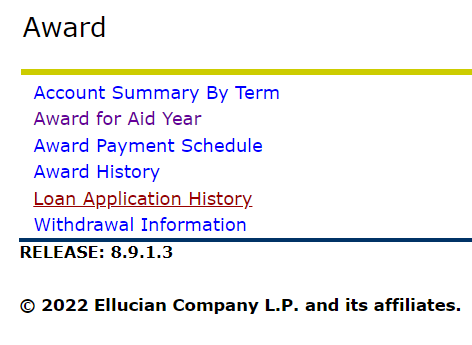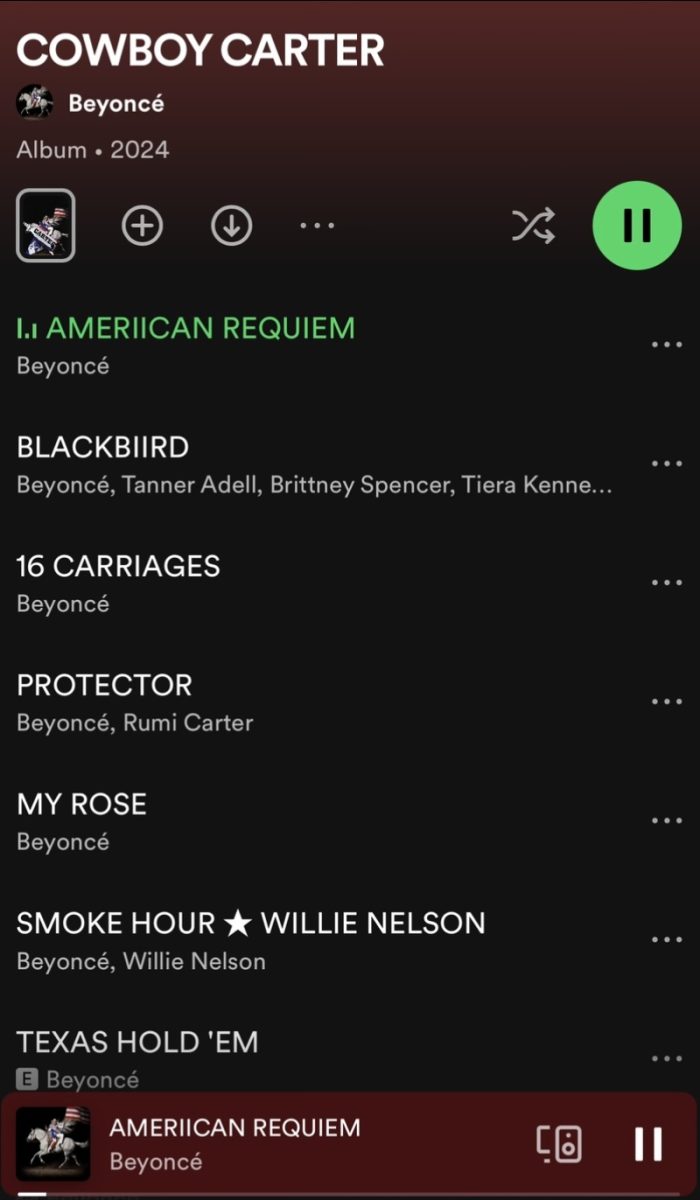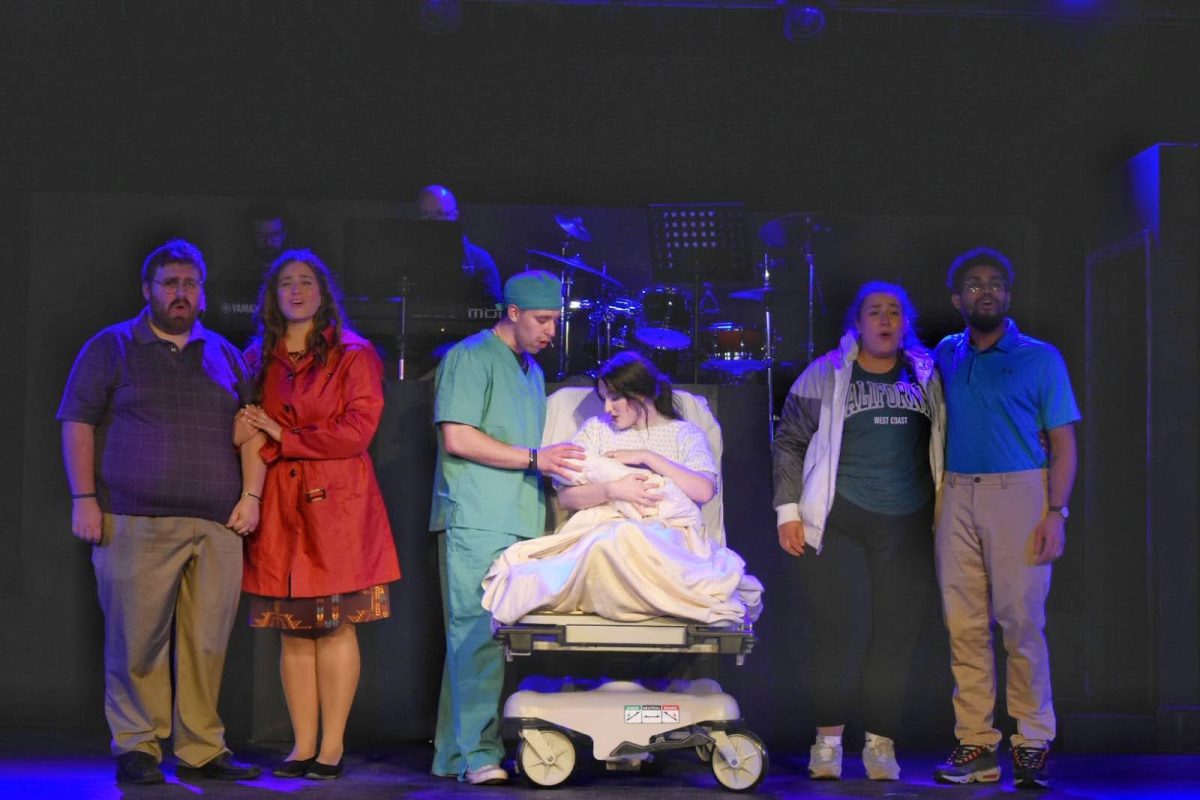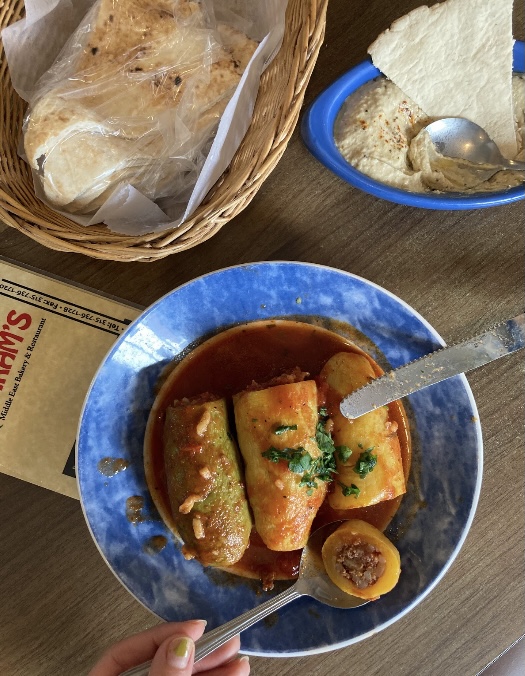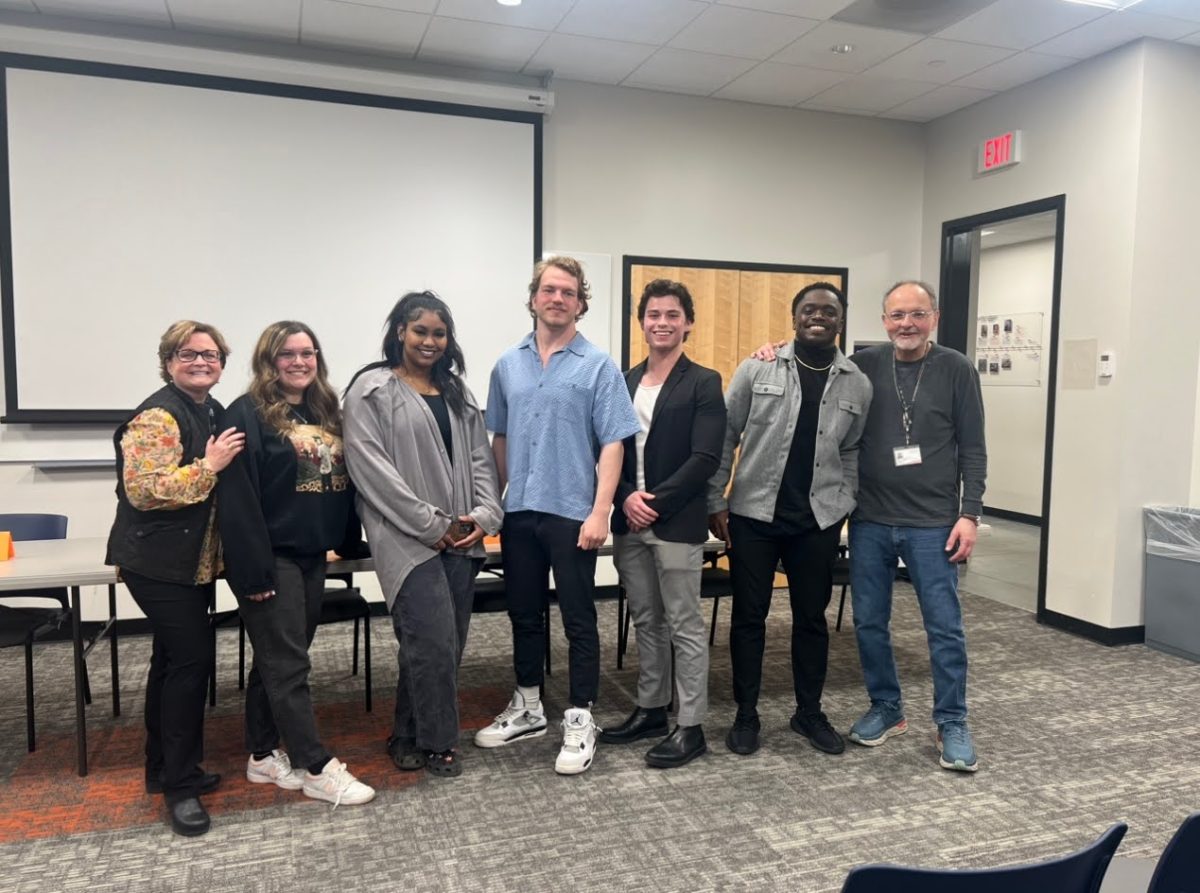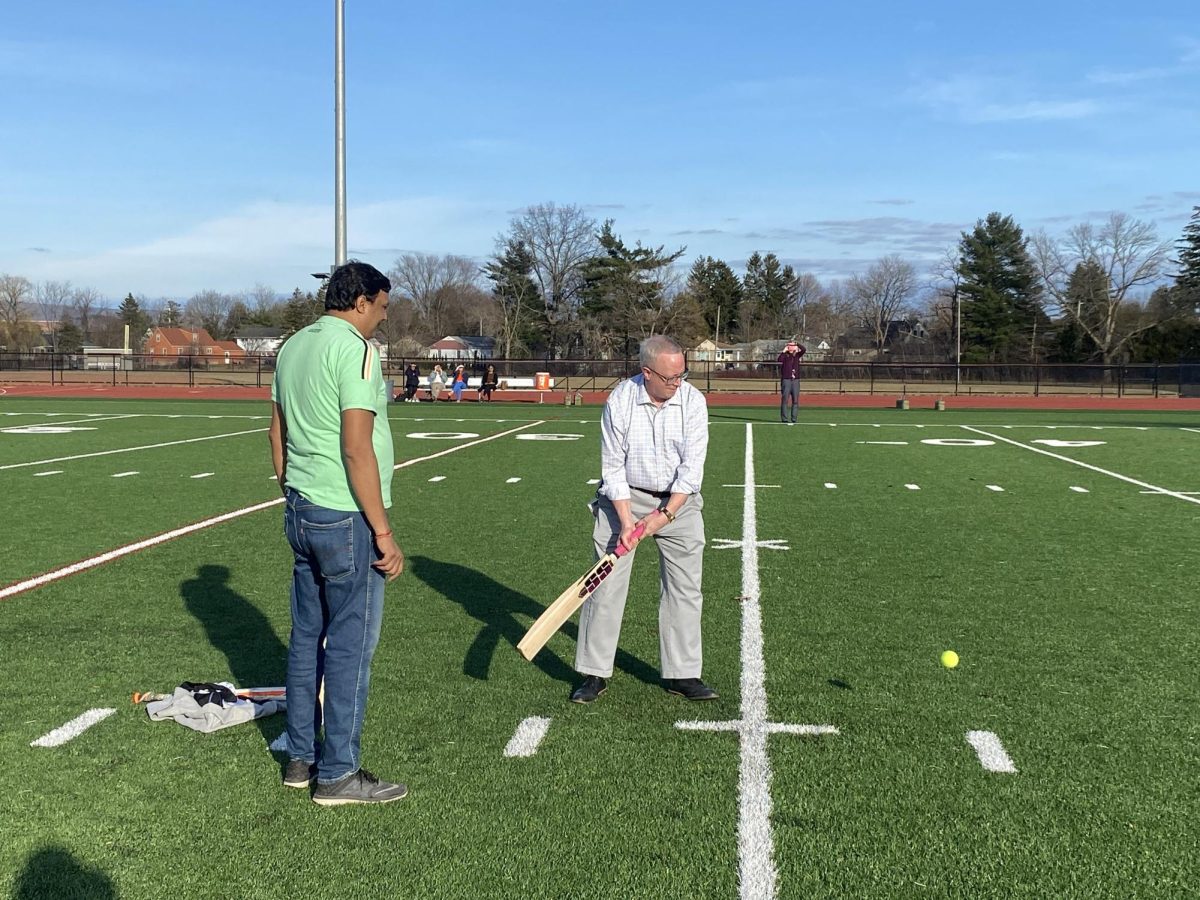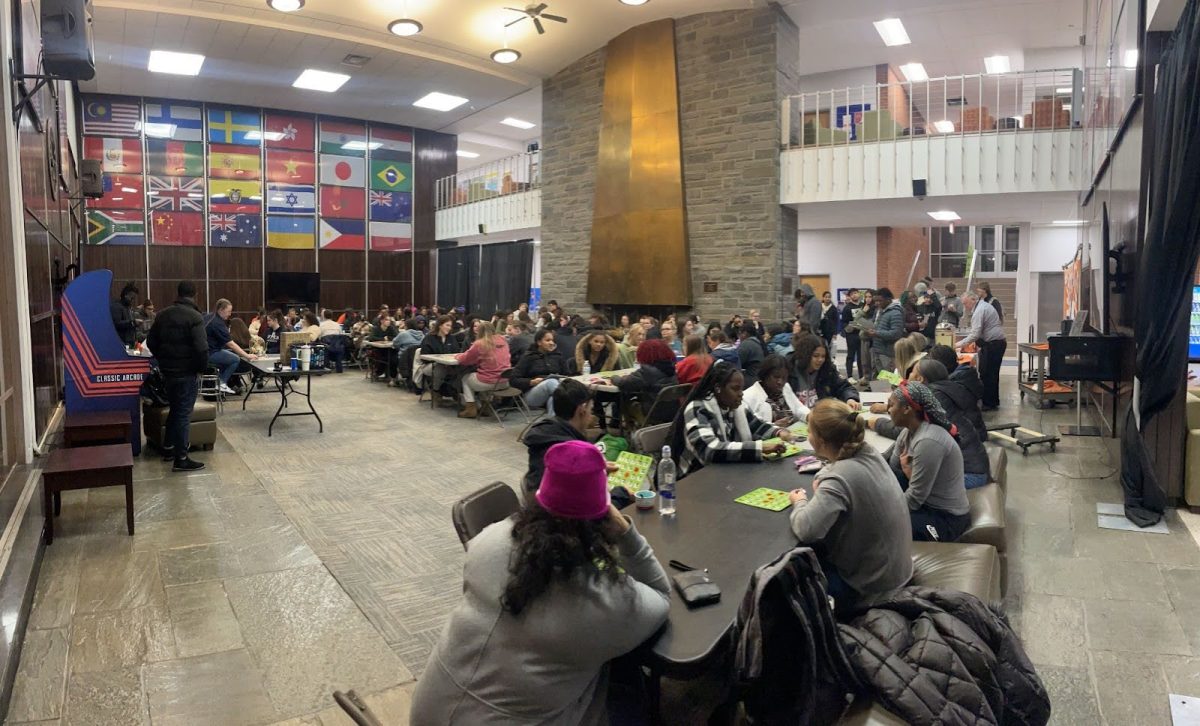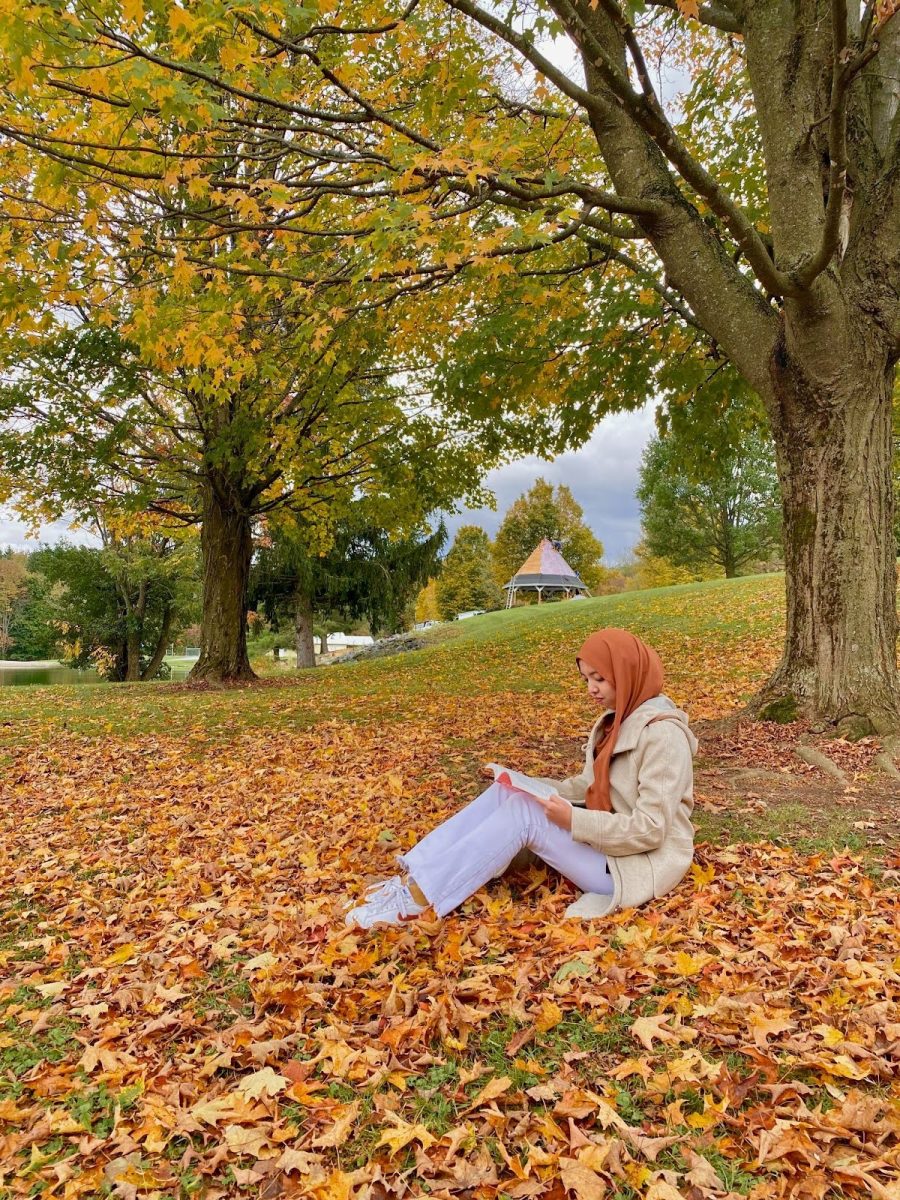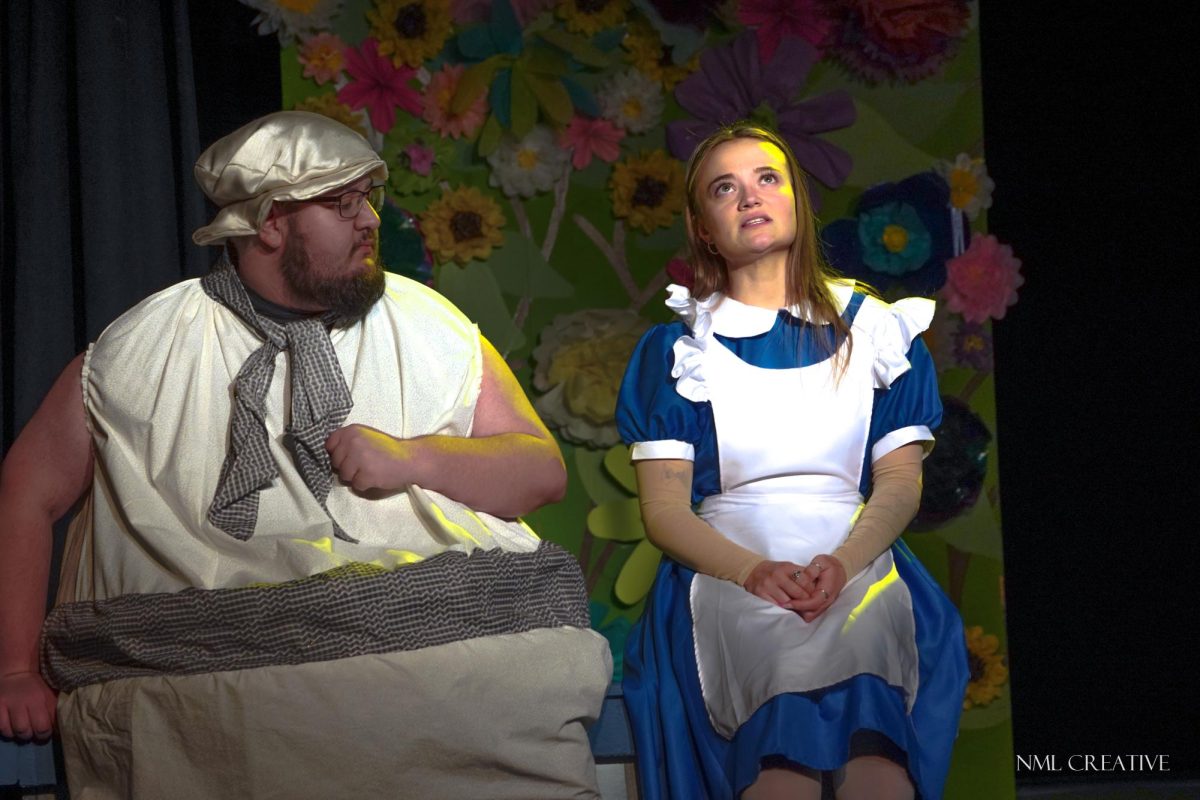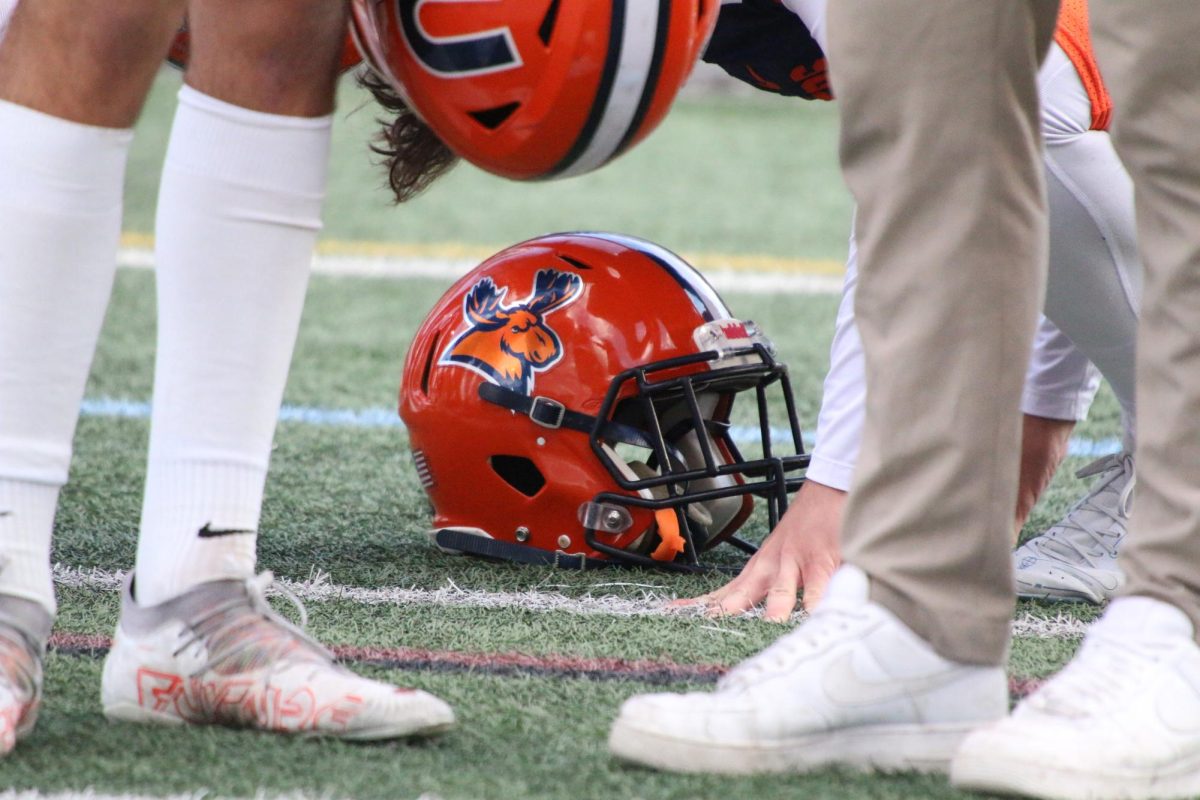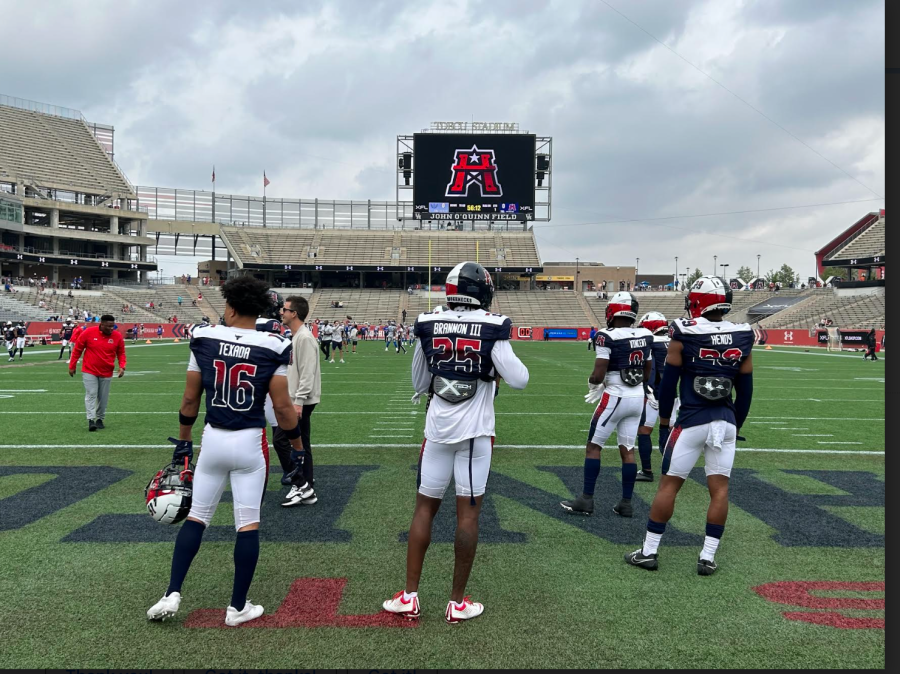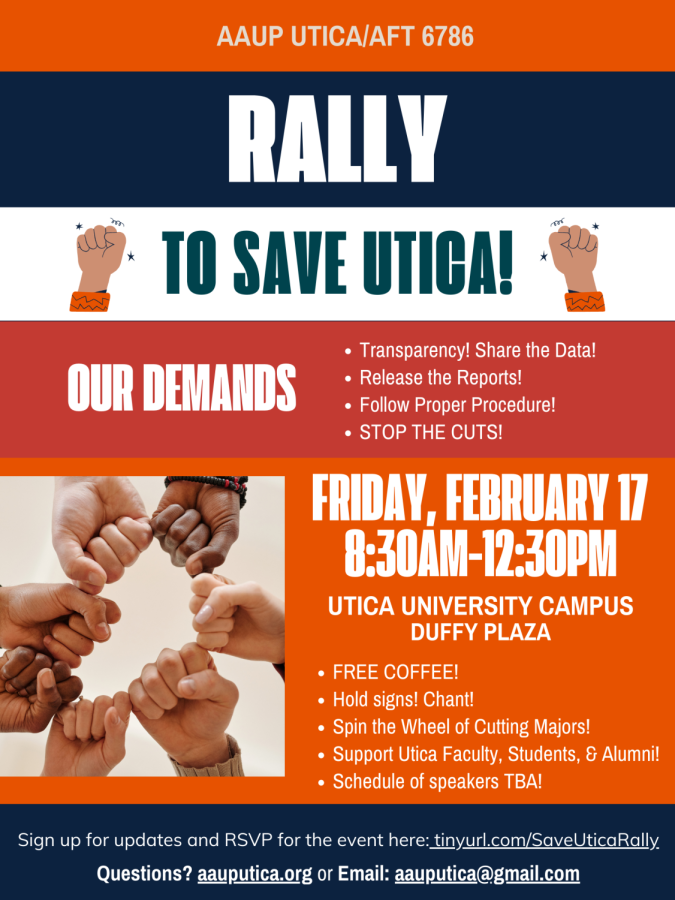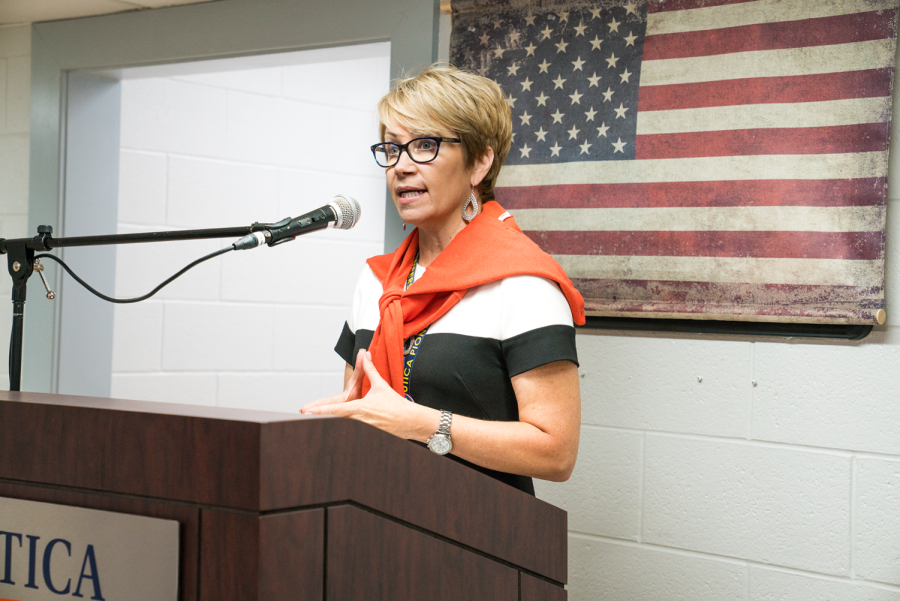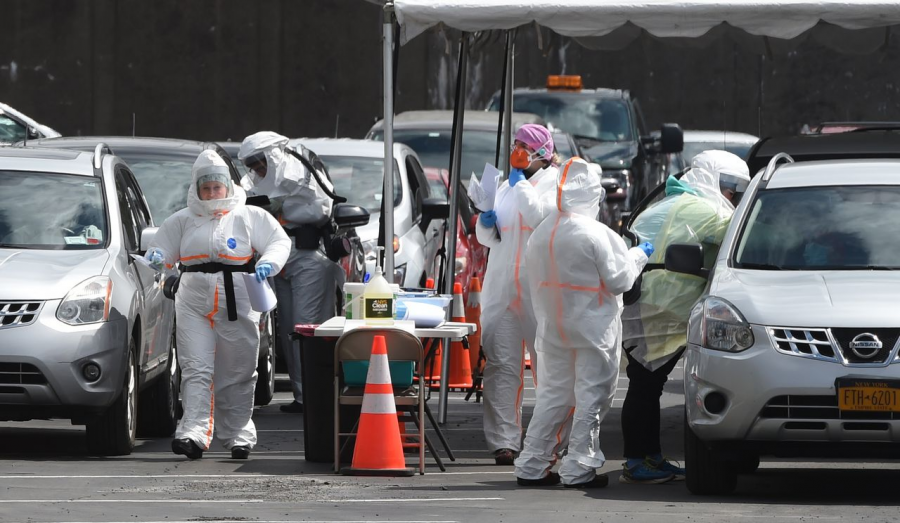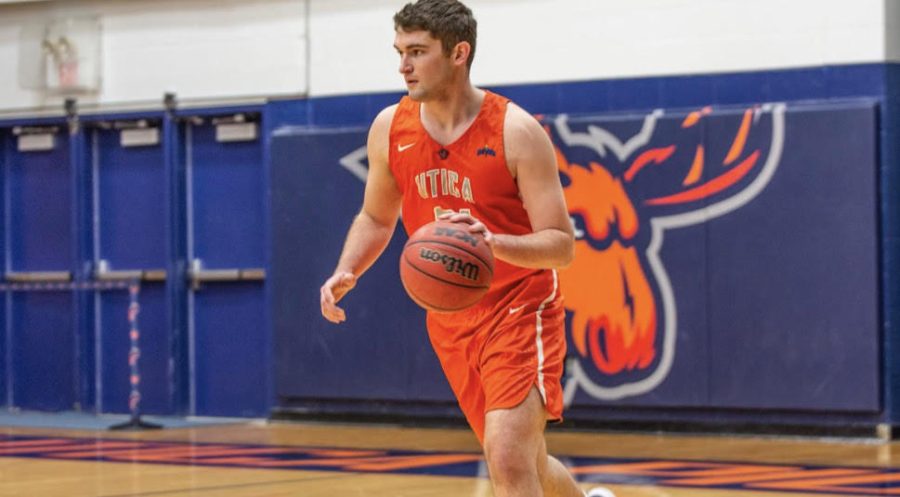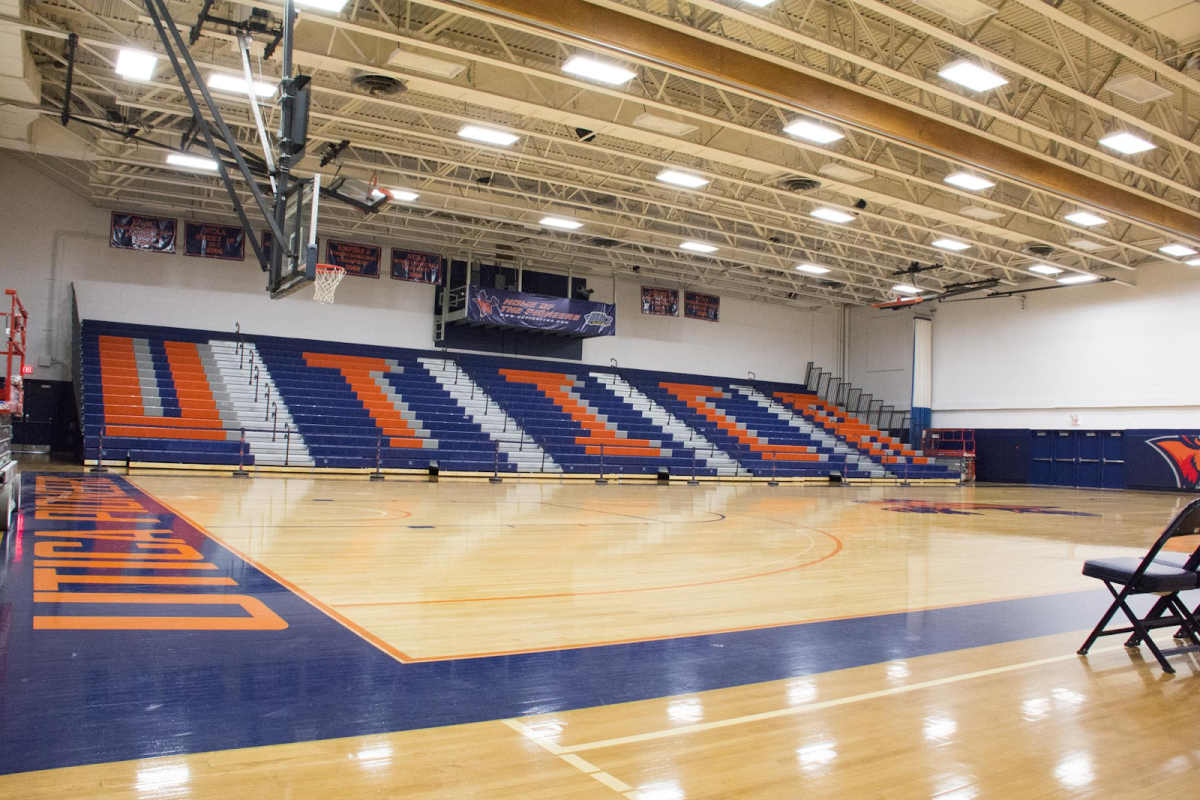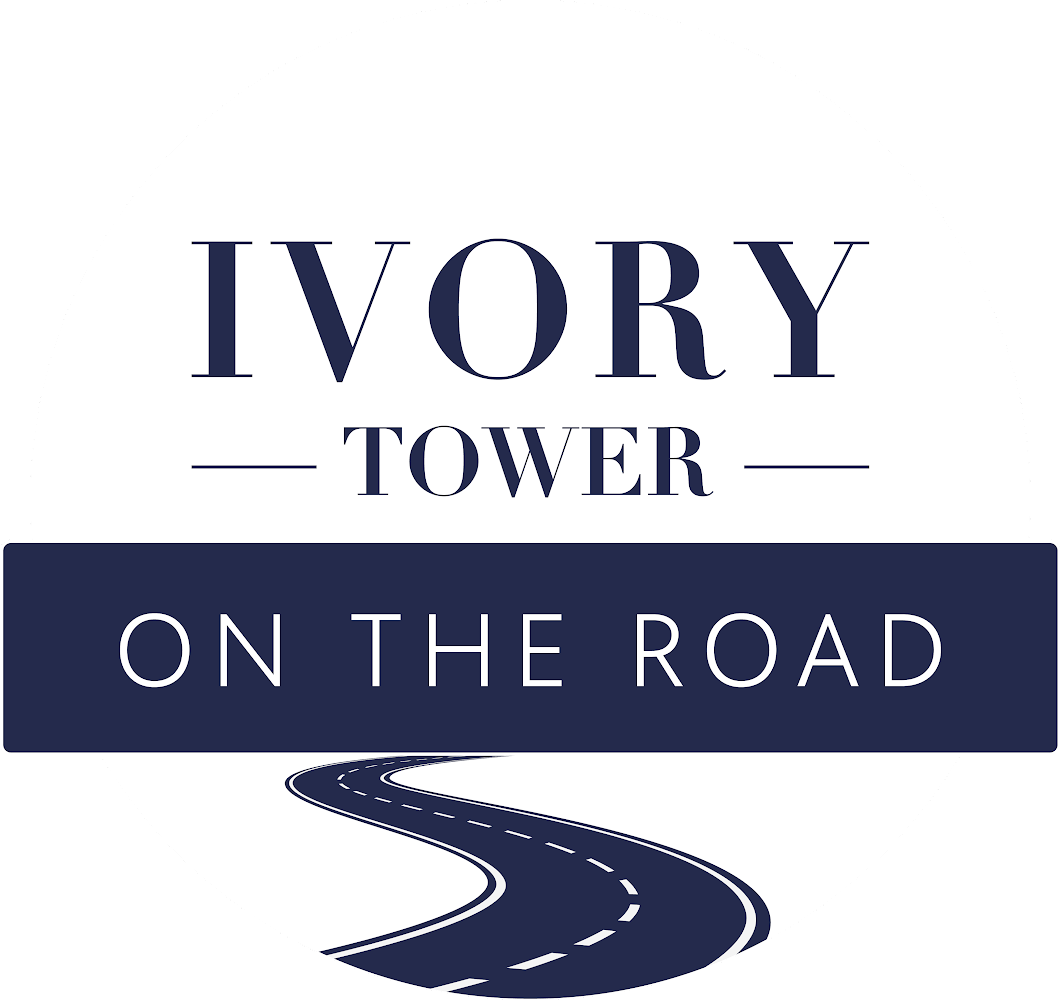In a project attempting to understand the impacts of COVID-19 in the region, the Intermountain COVID-19 Impact Consortium was formed, consisting of faculty members involved with research organizations such as the Bassett Research Institute, SUNY Cobleskill, SUNY Oneonta, Zogby Strategics and Utica College.
Methods such as secondary research and surveys are being used to help identify the impacts of the pandemic in a variety of sectors including government entities, the general public, child care, public education, behavioral and sociological impacts, along with measuring and understanding the pathways the epidemic could travel throughout the nine-county region in and around the Mohawk Valley.
Faculty at Utica College working in the consortium include Professor of Education Patrice Hallock, Assistant Professor of Anthropology Laurah Klepinger, Assistant Professor of Data Science Michael McCarthy, Assistant Professor of Wellness and Adventure Education Margaret Hemstrought and Psychology-Child-Life Professor Nicole Scienza.
“Each member of the team brings something different to the table,” Hallock said. “In terms of the consortium, I’d say this collaboration is one of the primary motivations for the team as we try to capture the wider picture.”
The project is split into four interconnected teams such as municipal government impacts, general public experiences, epidemic behavior surveys and regional modeling. Utica College, according to the consortium website provided by SUNY Oneonta, will be directly involved with three of these teams.
Professor of Sociology at SUNY Oneonta, Alexander Thomas, masterminded the idea of the consortium in an attempt to try and measure a major world event that hasn’t been done previously.
“At the start, we reached out to [Michael] McCarthy at Utica College because we had that connection in past research,” Thomas said. “We teamed up with several faculty and research institutes to devise an initial survey measuring the impacts throughout the nine counties, but that wasn’t going anywhere because that’s already been done. We then spent the summer developing a survey called the KABB, or the Knowledge Attitudes Beliefs and Behaviors.”
The idea was to extend the reach of the survey to as much of the area as possible. Through the collaboration between Utica College and SUNY Oneonta, the survey was decided to be sent out 3 times per semester to every student at both schools.
Thomas stressed the importance of completing this survey not only as a primary form of data collection, but to help fulfill the original purpose of the project as a whole.
“Through sending out the survey this way, two very interesting things happened,” Thomas said. “There was one of the biggest outbreaks in New York State last semester at SUNY Oneonta while Utica College kept numbers stable. We’re able to measure then, through these surveys, how distressed students were at both campuses and what the overall impacts of the spread were.”
The team is also compelled with measuring and capturing results from municipalities, especially since the region is in proximity to New York City; one of the major hotspots in the country near the opening months of the pandemic.
“Here we are, depending on traffic, anywhere from three to 17 hours from the George Washington Bridge,” Thomas said. “And we comparatively had a very light case total. Down South in areas such as Delaware County, the positive cases spiked for a bit and then up North, the case total went down. So we’re using these surveys in our Meso-level analysis to measure how our region has experienced this because it could be different not too far from where we are.”
Both Thomas and McCarthy believe that this project can extend well into the near future, as the impacts of COVID-19 continue to sting across the country and at Utica College.
“We were talking about this idea recently of surveying first-year students in their first semester,” McCarthy said. “We could measure the impacts of the pandemic as time moves on for them, transitioning into different class years at their respective campuses.”
For now, the methods and goals of the project are to primarily focus on the impacts at the college and municipality level. According to McCarthy, surveys were also sent out to businesses at first, but very few responses were received. However, this may be an idea that the team will experiment with again moving forward, along with the expansion into different sectors such as child care.
At the moment, the data the team is collecting is being shared with the colleges, school districts and municipalities they are studying. According to Hallock, the team will eventually move into sharing its findings through publication.
“It’s one of the many things we’re discussing right now,” she said. “I can only speak to the public education side of things, but we’ve discussed the different ways we can publish our results and who our audience would be.”
The next set of surveys will be sent to all Utica College students around mid-March through the college’s global email. At the maximum, the survey could take around 15 minutes to complete, depending on the depth and variation of the answers being submitted.

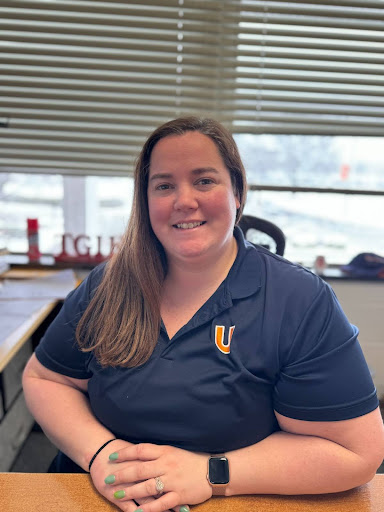


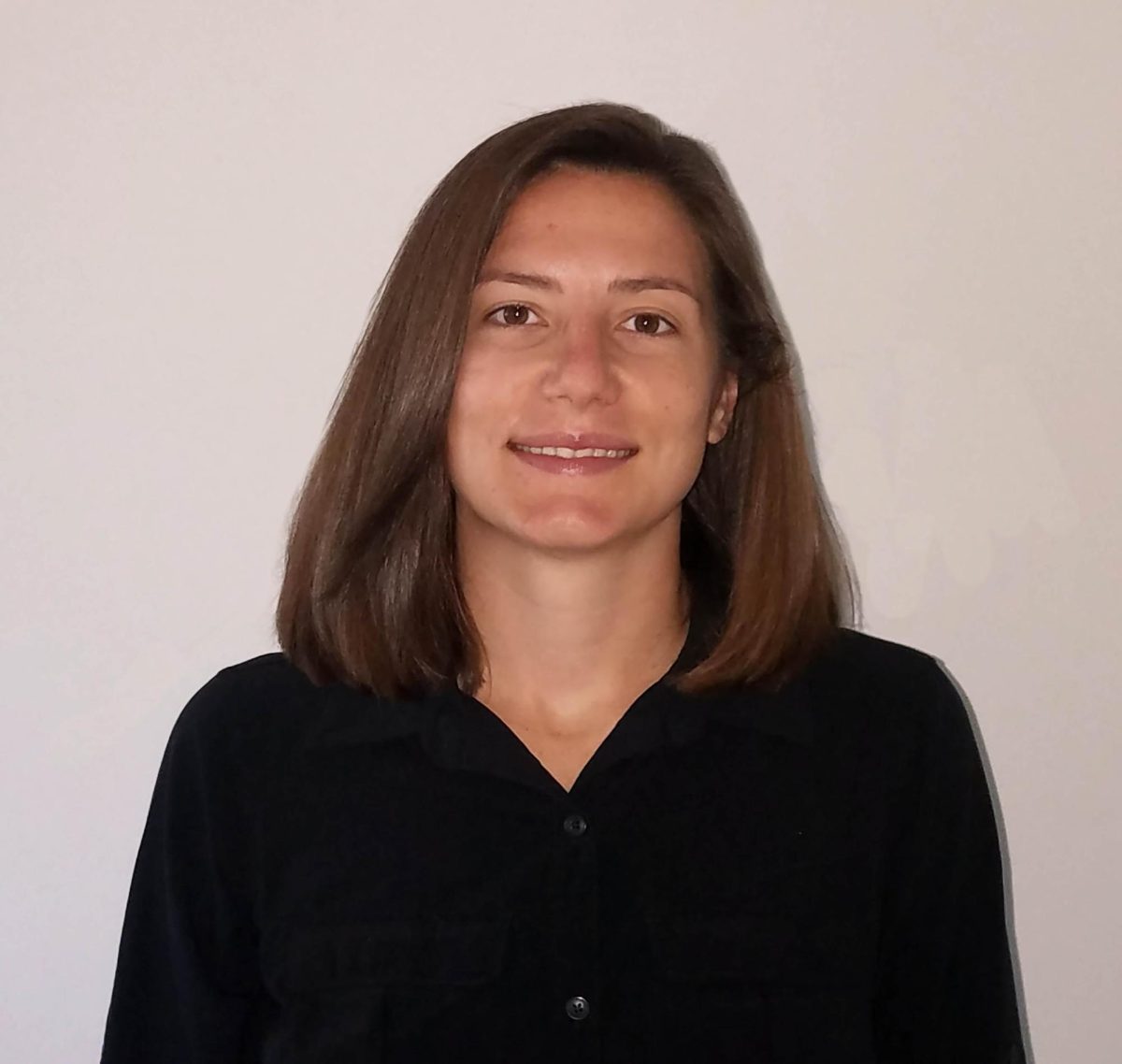


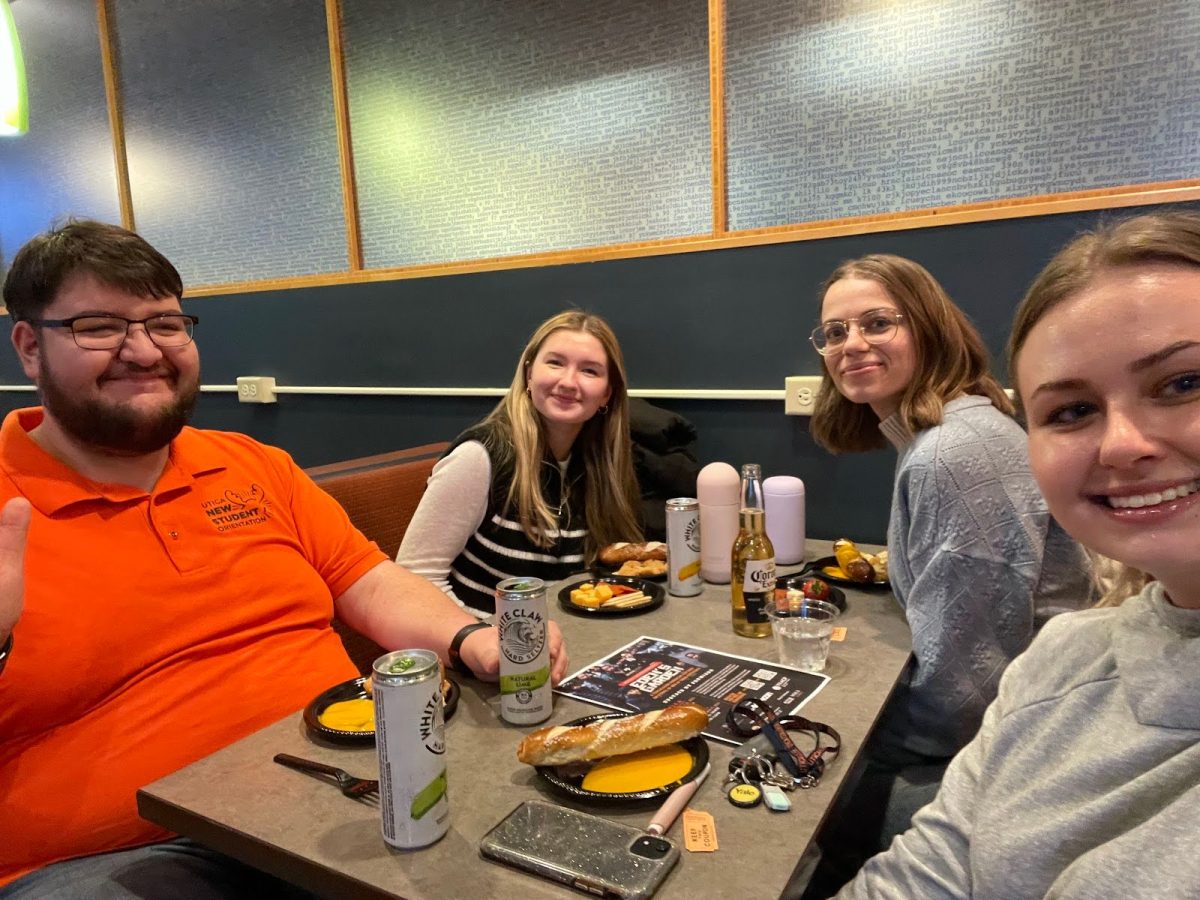
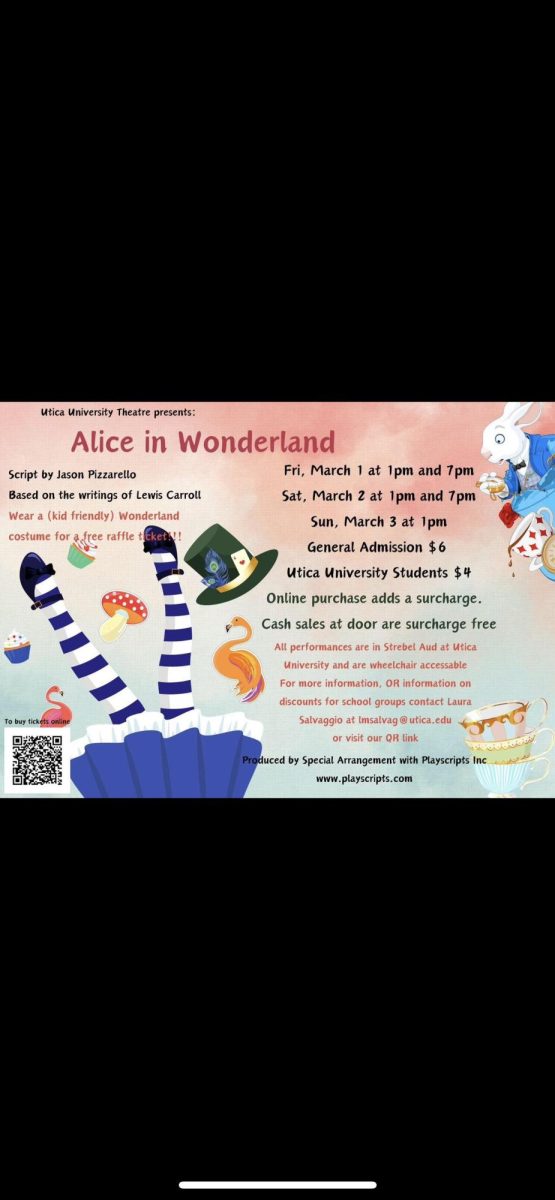







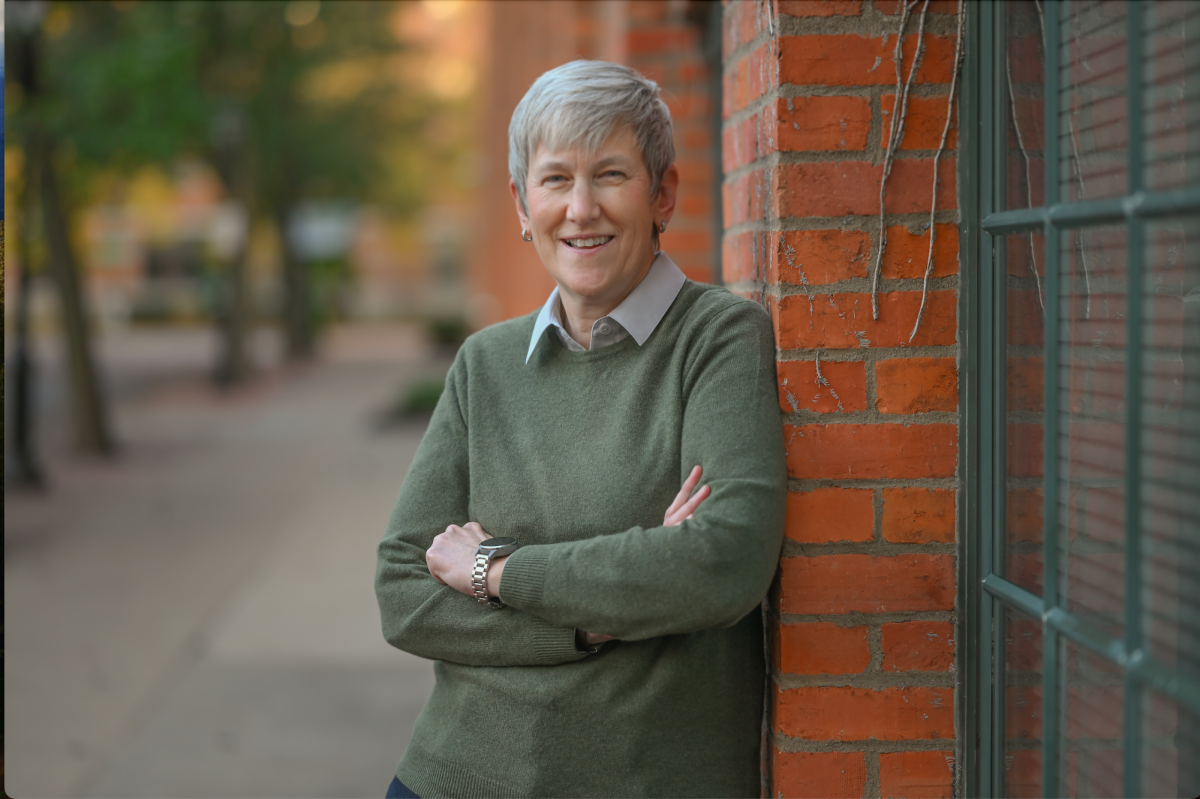


![President Todd Pfannestiel poses with Jeremy Thurston chairperson Board of Trustees [left] and former chairperson Robert Brvenik [right] after accepting the universitys institutional charter.](https://uticatangerine.com/wp-content/uploads/2023/10/unnamed.jpeg)








